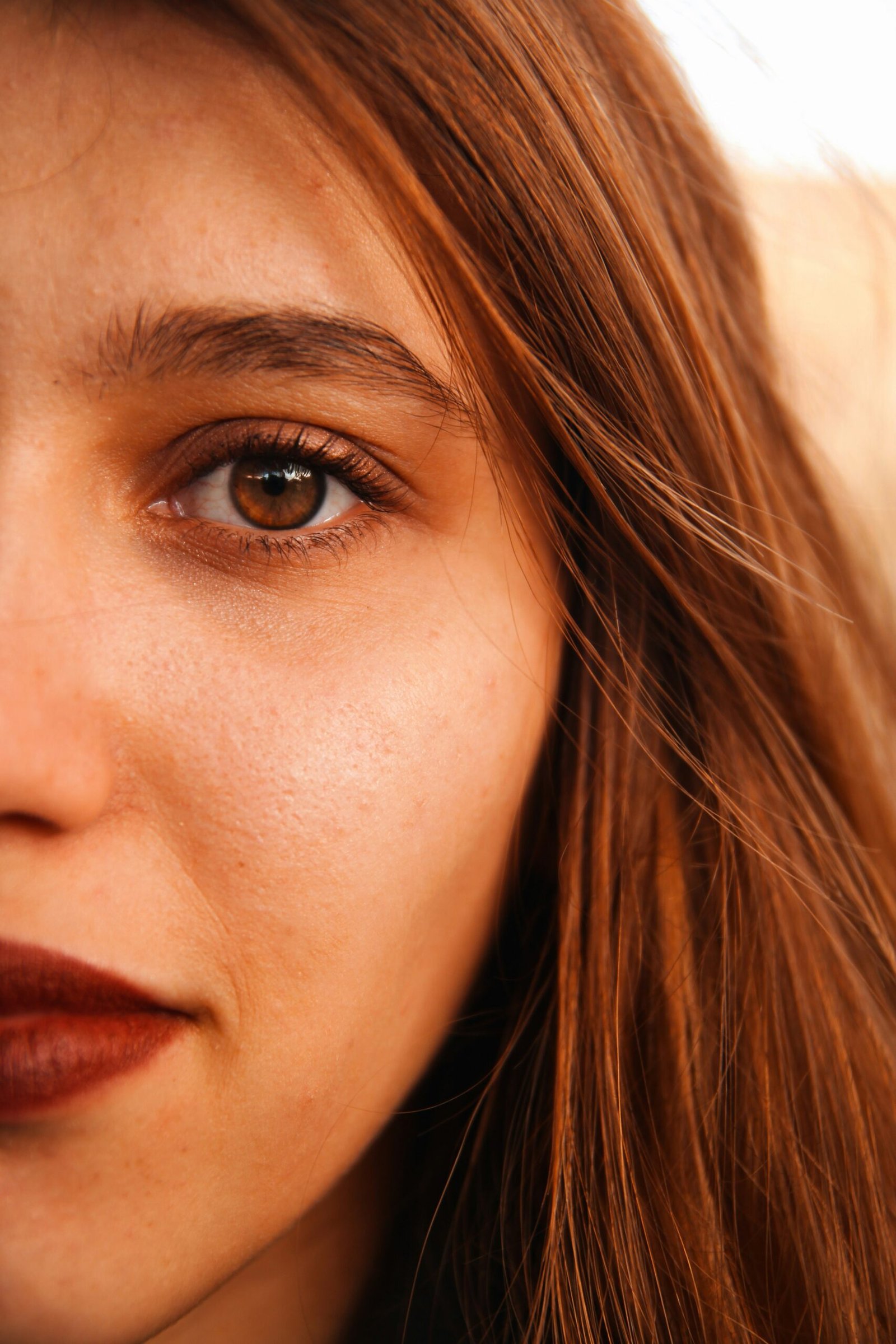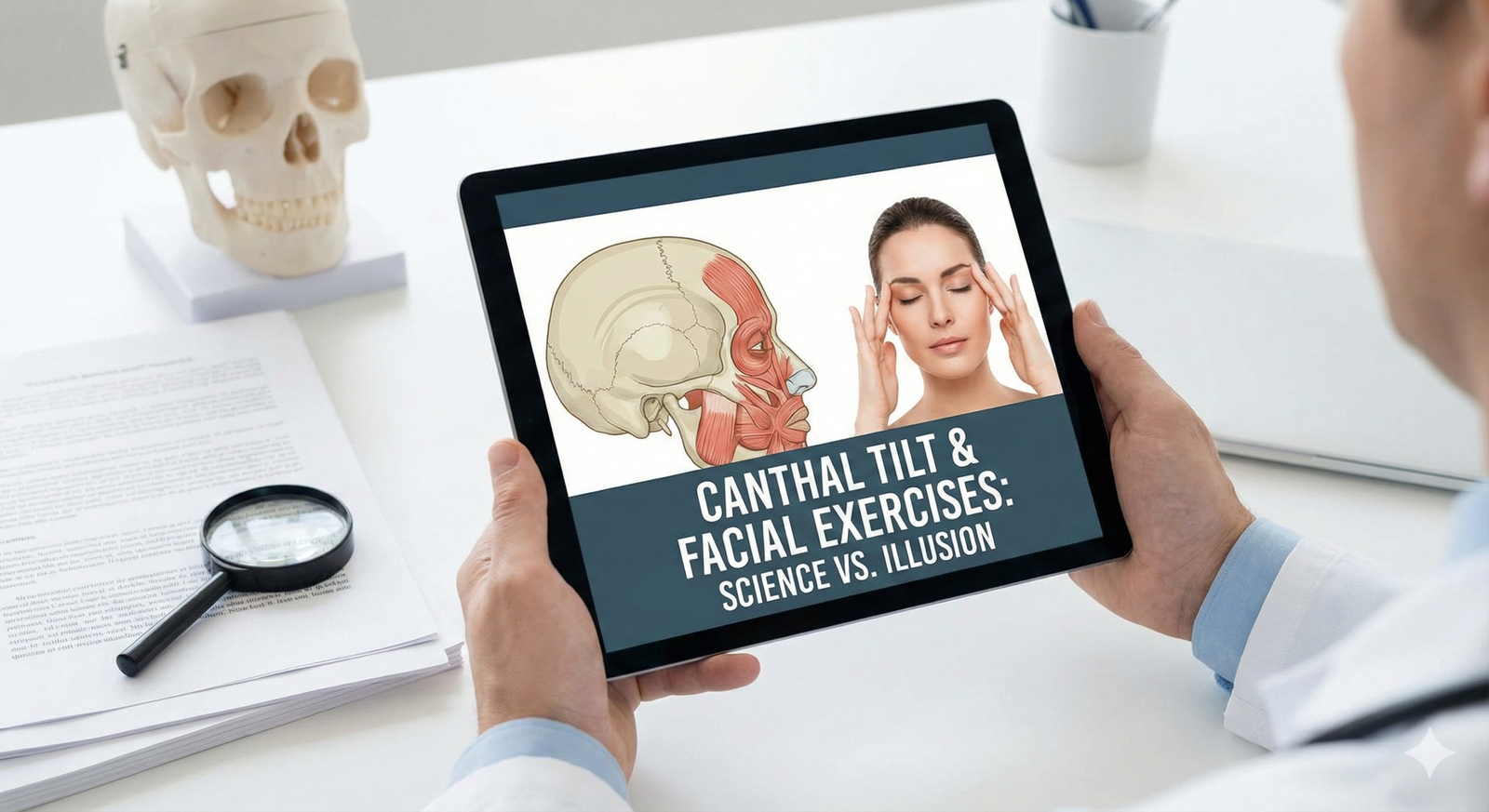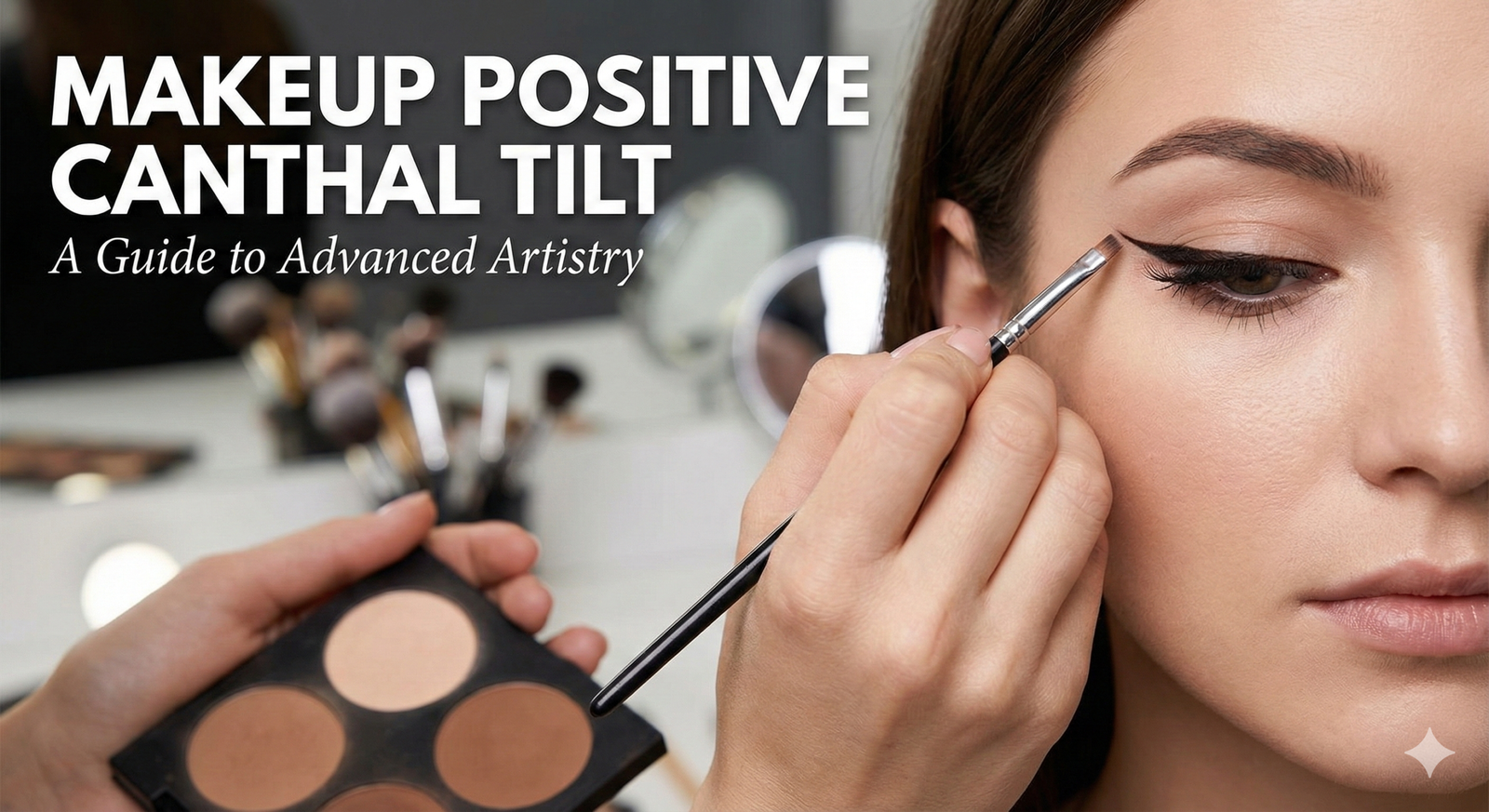When it comes to beauty standards, there is no denying that society often idolizes models and their flawless faces. But have you ever wondered why people are so drawn to these picture-perfect features? The answer lies in the fascinating field of psychology, where various factors come into play to explain our attraction to model faces. Let’s explore some of the key reasons behind this phenomenon.
The Halo Effect
One of the primary psychological reasons people are attracted to model faces is the halo effect. This cognitive bias occurs when we perceive someone as attractive in one aspect, such as physical appearance, and automatically assume they possess other positive qualities as well. When we see models with symmetrical faces, clear skin, and well-defined features, we subconsciously associate them with traits like intelligence, success, and charisma.
Research has shown that people tend to view attractive individuals as more trustworthy, likable, and competent. This halo effect extends to models, making us more inclined to find them captivating and appealing.
Evolutionary Psychology
Another explanation for our attraction to model faces can be found in evolutionary psychology. Throughout human history, certain facial features have been associated with health, fertility, and genetic fitness. For example, symmetrical faces are believed to indicate good genes and a low risk of genetic abnormalities.
Models often possess these symmetrical features, which trigger an innate response in our brains. Our evolutionary instincts push us to seek out partners who can provide healthy offspring, and model faces, with their perceived genetic advantages, tap into this primal desire.
Social Comparison
Humans are social creatures, and we naturally compare ourselves to others. When we see models with seemingly flawless faces, it can lead to a desire to emulate their appearance and be seen as attractive by society’s standards.
This social comparison theory suggests that we are more likely to be attracted to model faces because we perceive them as the epitome of beauty. We may strive to achieve similar features or use models as a reference point for our own self-improvement.
Media Influence
The media plays a significant role in shaping our perceptions of beauty. Advertisements, magazines, and social media platforms are flooded with images of models, creating an idealized version of attractiveness.
Exposure to these images over time can lead to a phenomenon known as the mere exposure effect. Our brains become accustomed to seeing model faces, and familiarity breeds attraction. We start associating these faces with beauty and desirability, making them more appealing to us.
Personal Preferences
Lastly, personal preferences also play a role in our attraction to model faces. While societal beauty standards may influence us, each individual has their own unique taste when it comes to physical attractiveness.
Some people may be drawn to model faces because they align with their personal preferences, such as having high cheekbones, full lips, or a specific eye shape. These preferences can be influenced by cultural factors, personal experiences, or even genetic predispositions.
In conclusion, the attraction to model faces can be attributed to a combination of psychological factors. The halo effect, evolutionary instincts, social comparison, media influence, and personal preferences all contribute to our fascination with these picture-perfect visages. While it’s important to recognize the societal pressures and unrealistic standards perpetuated by the media, understanding the psychology behind our attraction can help us navigate our own perceptions of beauty.




